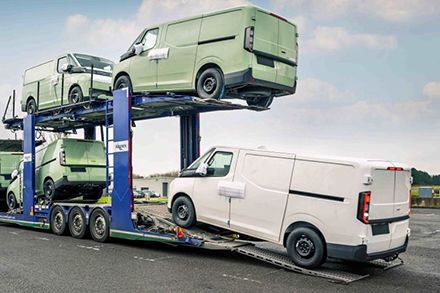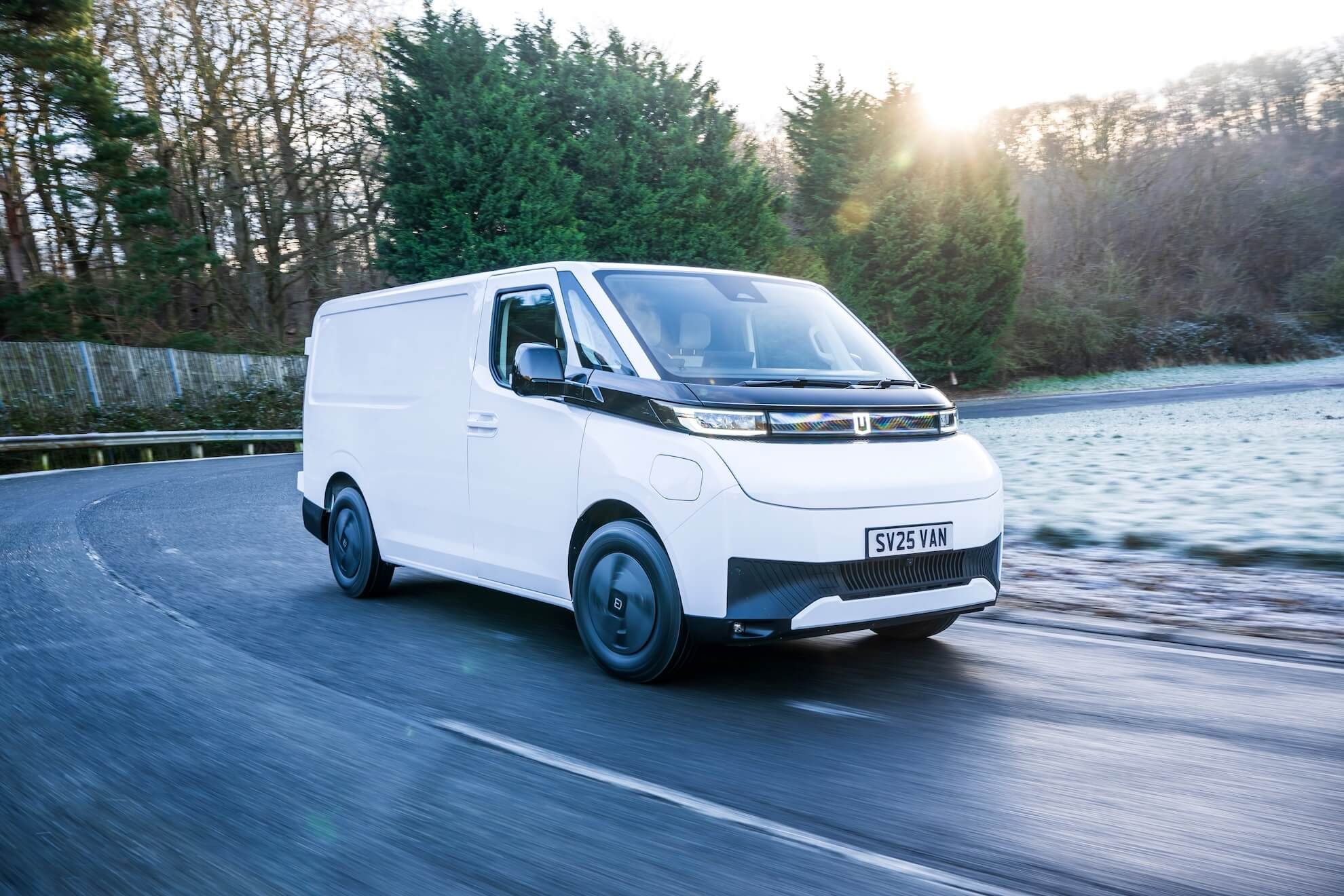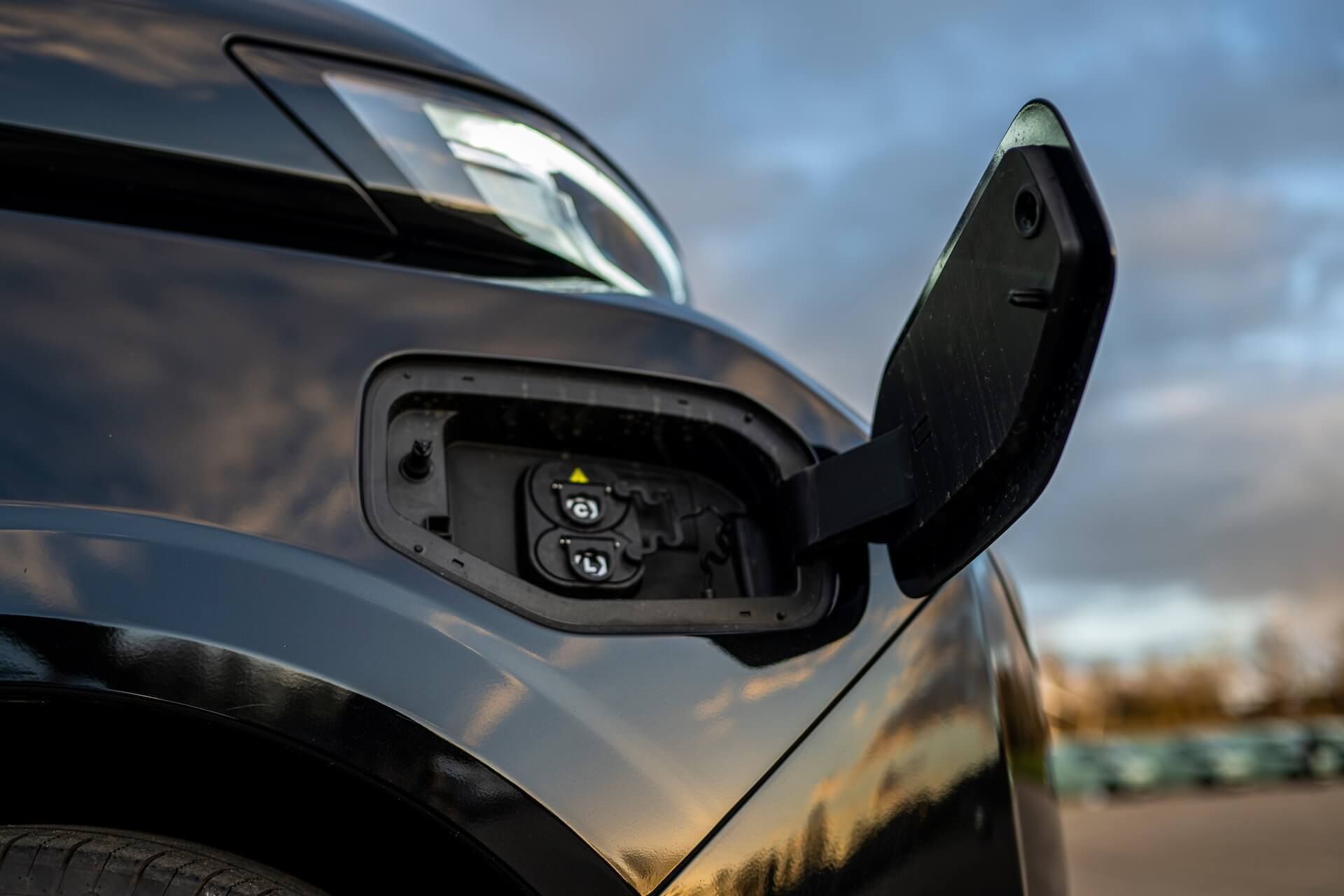Battery health and lifespan: a guide to electric van batteries
It’s a logical question for buyers as they consider the switch from diesel to electric power, and the quick answer is ‘a lot longer than you might expect’. However, there are a few factors to consider, so let’s start with things that are probably more familiar.
Breakdown:
How long do electric van batteries last?
Do I need to maintain the battery in an electric van?
Born electric – ready to serve
How long do electric van batteries last?
An internal combustion engine (ICE) will benefit from a ‘running-in’ period, enabling the mechanical components to align and settle. The manufacturer’s advice typically includes moderating acceleration, limiting engine speed, warming up before driving off, regular oil changes and restricting the load carried during this phase. By following the guidance, using the recommended lubricants and keeping to the correct service intervals, owners can significantly extend the service life and reduce maintenance costs. However, there are no specific guarantees of engine performance characteristics for an ICE van.
In an electric vehicle there are significantly fewer moving parts, but the same principles apply; take a sensible approach to vehicle operation and follow recommended servicing guidelines. In the first 200 miles of the vehicle’s life, avoid harsh acceleration and braking. During this time it will also be beneficial to avoid sustained high-speed driving, and to ensure that the van is fully charged each day and does not run out of charge.
In fact, Farizon offers a warranty for its SV electric van which guarantees that at least 70% of the high-voltage battery performance available at the date of first registration will still be available at eight years old or 120,000 miles, whichever comes first, provided the vehicle has been serviced, maintained and repaired according to the owner’s manual.
This type of warranty, guaranteeing the performance after such a length of time (or mileage), is not available from any manufacturer of ICE vans and reflects the quality and durability of the high-voltage battery in the Farizon SV.
Do I need to maintain the battery in an electric van?
There are two types of battery in an electric van: the low-voltage battery which is used when starting the van, or when parked to power the instruments, laptop/phone charger and audio; and the high-voltage battery, which provides the traction power for the vehicle.
Low-voltage battery
The low-voltage battery is similar to the battery in an ICE vehicle, in that if the vehicle is left standing too long it will run down and eventually have insufficient power to start the van. If you’re leaving the vehicle for more than a couple of weeks, you should disconnect the battery to prevent discharge in the same way you would for an ICE vehicle.
The Farizon SV will charge the low-voltage battery from its high-voltage battery, but only when the start switch is in the ON position. So, if you are spending long periods of time parked up and using the audio system, hands-free phone connection, phone charger, heated seats or lights, remember to put the start switch in the ON position or you will flatten the low-voltage battery.
High-voltage battery
The high-voltage battery (sometimes known as the power or traction battery) in the Farizon SV van range offered in the UK is supplied by the battery manufacturer CATL. The 67kWh and 83kWh batteries are lithium iron phosphate (LFP), and the 106kWh battery is nickel manganese cobalt (NMC). They are all state-of-the-art and developed for the Farizon SV.
In normal operation as a commercial vehicle, it is likely that the high-voltage battery will be fully charged once a day. As with an ICE vehicle where it is recommended to top up the oil, keep an eye on engine temperature and oil pressure; the high-voltage battery will also benefit from care and attention, including battery servicing.
If the Farizon SV is going to be stored for long periods, the optimal state of charge (SOC) is between 40% and 80%, and every three months it should be fully charged. Then it needs to discharge back to the 40% to 80% range before returning to storage. When it is ready to be used again, the SV should have two battery services (see below) to restore the battery system to its optimal condition.
Battery checks
In normal operation, after every three months it is best practice to carry out your own visual inspection to make sure that the high- and low-voltage writing harness and connectors are not scratched, broken or loose. The same applies for the low-voltage battery box (under the passenger seat) and the high-voltage box (under the van) – checking for cracks or any expansion or deformation.
Battery service
You may not be aware that high-voltage electric batteries can be serviced, and it is a very simple procedure which should be carried out when the SOC is less than 20% and when you have access to a charging facility. The vehicle should be left to stand for at least one hour, turned off, and no systems such as radio, laptop charger etc. should be used during this time. At the end of one hour, fully charge the vehicle.
The battery service helps the battery management system rebalance the individual cell voltages in the battery pack as well as the thermal efficiency. The benefits of regular maintenance include improved charging performance, which enables the high-voltage battery to work quicker with less thermal stress. A healthy, balanced battery pack that stays within temperature and charge parameters will be much more likely to have a longer life than an unmaintained one.
Born electric – ready to serve
The Farizon SV electric van will provide years of comfortable, safe and efficient service by following the guidelines and servicing requirements of the manufacturer. Full details are provided in the Owner’s Guide, along with a detailed booklet on battery management and the service record, which is provided in a book pack with the vehicle.



